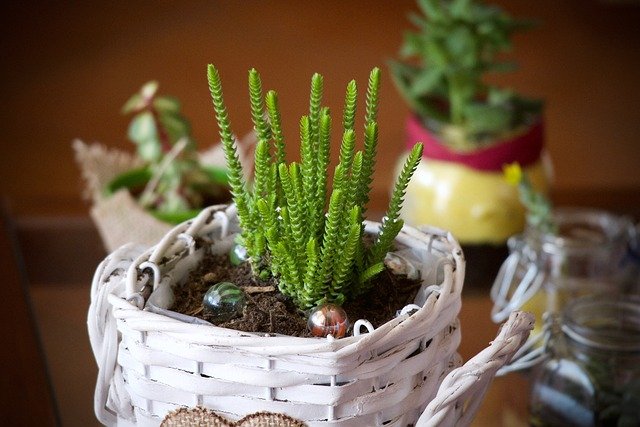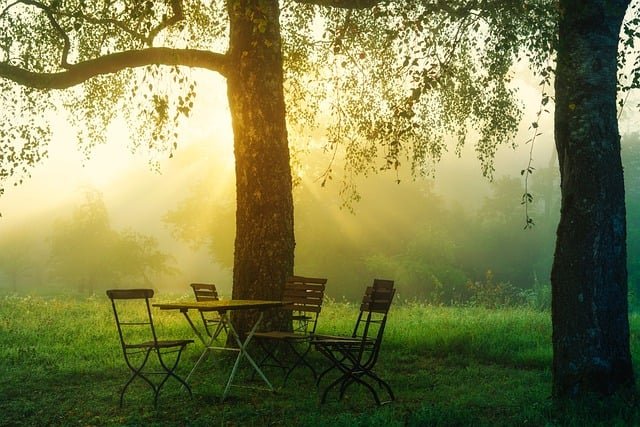Cultivating Greenery Indoors A Guide to Indoor Gardening
What is indoor gardening?
Indoor horticulture is precisely what it sounds like: cultivating plants within one’s residence for year-round enjoyment, including exquisite orchids and fresh herbs suitable for cocktail hour. While there are numerous definitions of indoor gardening, the general consensus is that it is the straightforward practice of promoting plant life within one’s residence. Without a doubt, you should: Despite the current plethora of gardening devices, indoor horticulture has been practiced by humans for centuries. Although author Mark Twain maintained his own flamboyant conservatory, his three daughters dubbed it “the jungle.”
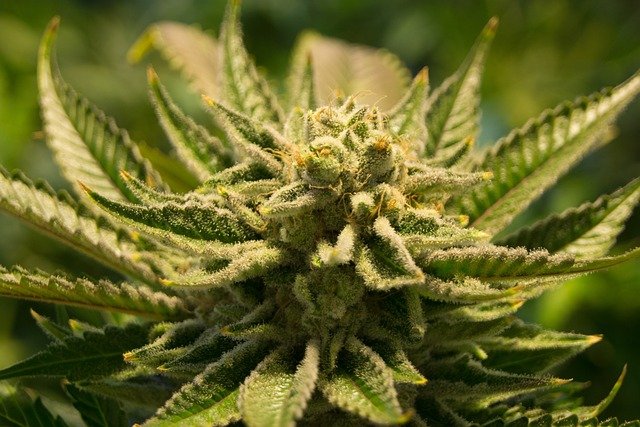
Without requiring outdoor space, the majority of indoor gardening techniques involve planting in potting soil, potting mix with sufficient drainage openings, or an aerogarden with adequate air circulation. Murray states, “There is something so rewarding and satisfying [about] seeing your indoor plants flourish, whether or not you have an outdoor space.” “Indoor plants not only purify the air we breathe, but also enhance the ambiance of our space, which is advantageous for our psychological well-being. We all have green fingers…we just need to delve into them.
Even when it’s cold outside, you can learn how to start an indoor garden. To increase their enthusiasm, make it a fun family activity! One way to get your little ones involved is to let them choose a vegetable or flower to grow. Growing herbs and vegetables indoors is a great way to start.
With the right tools and a little planning, you can enjoy fresh vegetables grown and harvested year-round in your own home. Of course, whether you pick herbs, vegetables or flowers, these are all great gardening activities for kids.
Create a plan
Decide what you will grow: herbs, vegetables or flowers. Growing herbs and vegetables is a great way to teach children about food and cooking.
Herbs are compact, convenient and edible, making them a great way to start an indoor garden. If you like herbs, find a sunny spot and decide which ones you want to grow. The most common options are rosemary, basil and mint. You can find seeds in the garden section of most home improvement stores or at the supermarket.
Greens are another popular choice. However, if you are growing an indoor garden, you may be concerned about size. Microgreens are your solution: they are mini versions of popular vegetables, with high nutritional value and delicate taste. Because microgreens grow in soil, they’re a great alternative to sprouts: sprouts grown in water allow bacteria to grow, according to NPR.
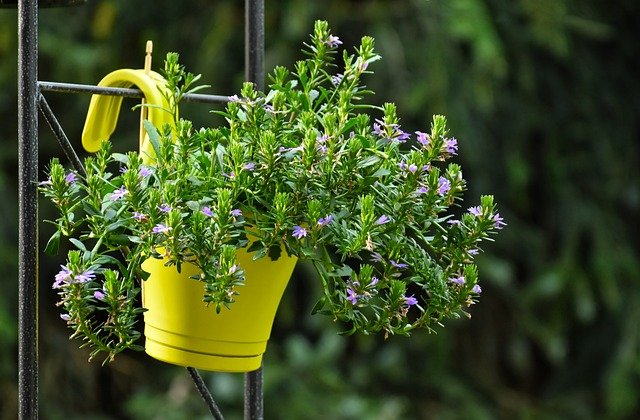
There are many plants that can be grown as microgreens. Try lettuce, spinach, watercress or kale. Microgreens add a bit of color and fun to salads. They are also used as a decoration for the main dish.
Once you’ve decided what to plant, gather your supplies and find the right spot for the garden. Here’s what you need:
Sun, south window or grow light.
A shallow container with drainage holes. A plastic container such as a packed salad box (with holes in the bottom) or a crib is a good choice.
- Organic potting soil
- the seed
- Lord or watering can
- Once you have all your supplies, you’re ready to start planting!
How to start an indoor garden?
Add an inch or two of organic potting soil to the container. Flatten the surface or gently press down to create a flat surface.
Scatter the seeds on the ground. It may seem like you are using a lot of seeds, but the trick with microgreens is that they grow very quickly and are harvested while they are still bud size.
Now you will want to cover your seeds with a thin layer of soil. Be gentle: Some people even use a mesh strainer to make sure the soil is good. Look at the soil to determine if sieving is necessary or if a thin layer by hand is sufficient.
Place the seed container in the drip tray and wait gently. Use a small spray bottle or watering can to spread the water. Be kind to your little garden!
When the tray is in a sunny location or under lights, spray it with water every couple of days (enough to keep the soil moist). But you don’t want wet soil, so if you see water pooling in the drip tray, remove it.
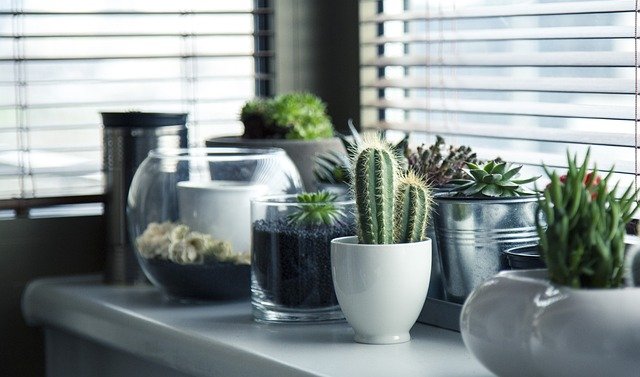
You can expect your vegetables to grow within a week, and they’ll usually be ready to harvest in two to three weeks. It depends on the type of leaves you are growing, but the leaves will be ready as soon as they open.
Then, when it’s time to harvest, cut the microgreens just above the soil line. Wash them and enjoy!
Best Indoor Plants
Bird’s Nest Fern
For a less delicate fern, choose a bird’s nest. It has thicker, glossier leaves that retain more moisture than many other ferns, making it the least demanding of its species. Give it bright indirect light and water only when the top few inches of soil have dried out.
zebra plant
Zebra (Haworthia fasciata), a bite-sized windowsill succulent, gets its name from its striped leaves. Be sure to give the plant bright indirect light every few weeks and water it when it is completely dry. It’s easy to overwater, so check the soil first for root rot.
Palm Highness
Ideal for an empty corner or space that needs some height, the majestic palm is easy to maintain and protects pets. They also help clean the air around them, making them ideal for spaces with limited airflow.
Beauty Kim Prayer Plant
According to Rooted, the plant got its nickname because the leaves fold up at night, imitating praying hands. This plant prefers low light and is suitable for beginners.
Monstera Swiss Cheese Factory
This large plant, named for its leaves full of holes that make a piece of Swiss cheese, produces large, glossy leaves with proper care. The best environment is bright, indirect sunlight with weekly watering.
blue star fern
The lush foliage of this plant (Flebodium aureum) likes medium to bright indirect light, lots of mist and humidity, and occasional watering. It looks best in a hanging pot as the plump feathery leaves elongate as they grow.
Boston Last year
The only thing that easily equals the Boston fern is a love of steam. Because it thrives in low light and humid conditions, it makes a great bathroom plant. Hang it in a corner, let the dark green branches fall and water regularly, but only when the soil is completely dry.
Algerian ivy
As with any growing ivy, the main care for this wonderful houseplant is pruning the fast-growing vines. Algerian ivy likes lots of shade and standing water.
Hoya tricolor “Crimson Queen”
This waxy plant produces vines of white and green (and sometimes pink!) leaves. Pet-friendly and non-toxic, it thrives in bright, indirect light and is watered every one to two weeks.
corkscrew fever
This unusual houseplant (also known as Juncus effusus ‘Spiralis’) with leafless stems that literally look like a corkscrew, likes moist soil and indirect light. It can grow even in low light with the occasional use of a grow light to facilitate photosynthesis. Under the right conditions, it can grow to a height of one meter.
olive tree
The olive tree is not only suitable for the Mediterranean, but is also an excellent indoor plant. Likes warm, sunny weather (but not too much direct sunlight, otherwise it will burn) and high humidity. Prune seasonally for a fresh look and years of enjoyment.
golden pothos
You’ll love how the golden pothos leaves sparkle when they catch the light. Pothos plants are care-free: keep yours in bright, indirect light and water when the soil is almost dry. Pro tip: You can easily expand your plant family by propagating them from cuttings.
ZZ factory
ZZ plants (Zamioculcas zamiifolia) require less water than most other plants. If you tend to ignore yours (instead of watering them), you’ll be fine. According to Bloomscape, it will thrive in bright, indirect light, but can tolerate low light if you have less sun than you want.
rubber factory
The rubber plant needs bright, indirect light. Watering should only be done when the soil is dry. Rubber plants have the added advantage of being one of the best natural gas treatment plants. Place it next to your favorite seats to reap the benefits.
Pearl necklace
If you place these beautiful succulents in bright, indirect light and water them enough to keep the soil consistently moist, you’ll soon have long strands of pearls. Looks great in a hanging pot.


